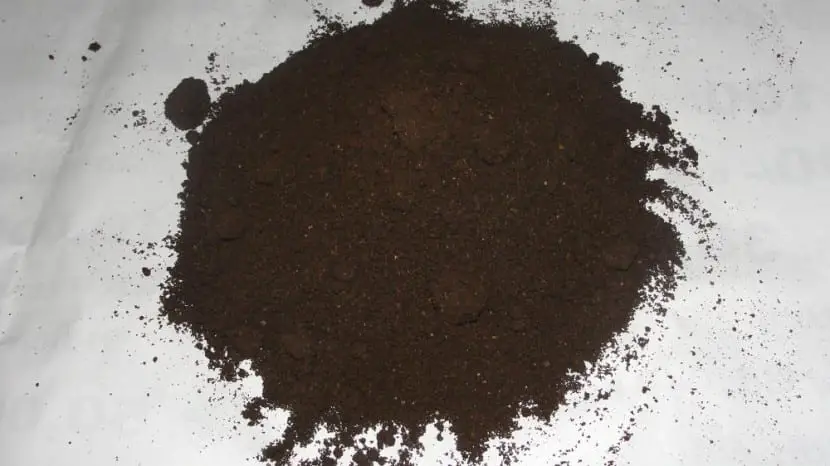

Hello everybody! How are you doing? With the arrival of good temperatures, it is likely that your trees will begin to come out of their winter slumber, and after last month’s transplant, the ideal time is coming to carry out the task of subscriber.
But since it is not the same to fertilize an ornamental plant than a bonsai or a tree that is being worked for bonsai, today we will talk about which compost is the most suitable for our work of artand how it should be paid.
Before getting into the subject, I have to tell you about the unforeseen event that happened last week. The Soft tendonsthe one who was going to be the protagonist of this guide, ended up lying on the ground. I transplanted it again, and for the moment it is still alive, but the truth is that it does not look very good.
I show you a photo for you to see:


So nothing. I had to change trees, and from now on I will work with an elm. If the Schinus sprouts again, something that will be known this month, I will continue with it as well.
Our new protagonist is this:


A Chinese elm about three years old, which has branches that need to be cut, but it has very little in this tray and it is best to allow some time until it recovers. Remember that it is important to wait a minimum of a month between transplanting and pruning.
And, now yes, Let’s talk about the subscriber.


In the market you will find several types of fertilizer: liquids, powdered (or organic), fertilizer sticksamong others. To fertilize your bonsai you can use a fertilizer made specifically for this type of plant (which is low in nitrogen, since this is a mineral that stimulates the growth of leaves, and that’s something we should avoid in a bonsai), applying a dose a little lower than what is indicated on the package, or you can opt for make your own homemade compost.
For that, In an airtight container you can put all the organic remains that you have: food scraps, herbs, the feces of herbivorous animals (sheep, cows, horses, …). To all this you have to add soil from your garden or, if you don’t have it, buy a product to speed up composting. It is the slowest option, since normally you cannot use it until the following year, but it is the most recommended since this way your bonsai will have all the nutrients and minerals it needs. Once you have your homemade compost, you can add it to the akadama and kiryuzuna, adding about 10-20 grams. If you do not have to transplant your tree, you can sprinkle the fertilizer on the most superficial layer of the substrate, and with the irrigation water it will be more within reach of the root system.
If you have any questions, don’t wait any longer and contact us
